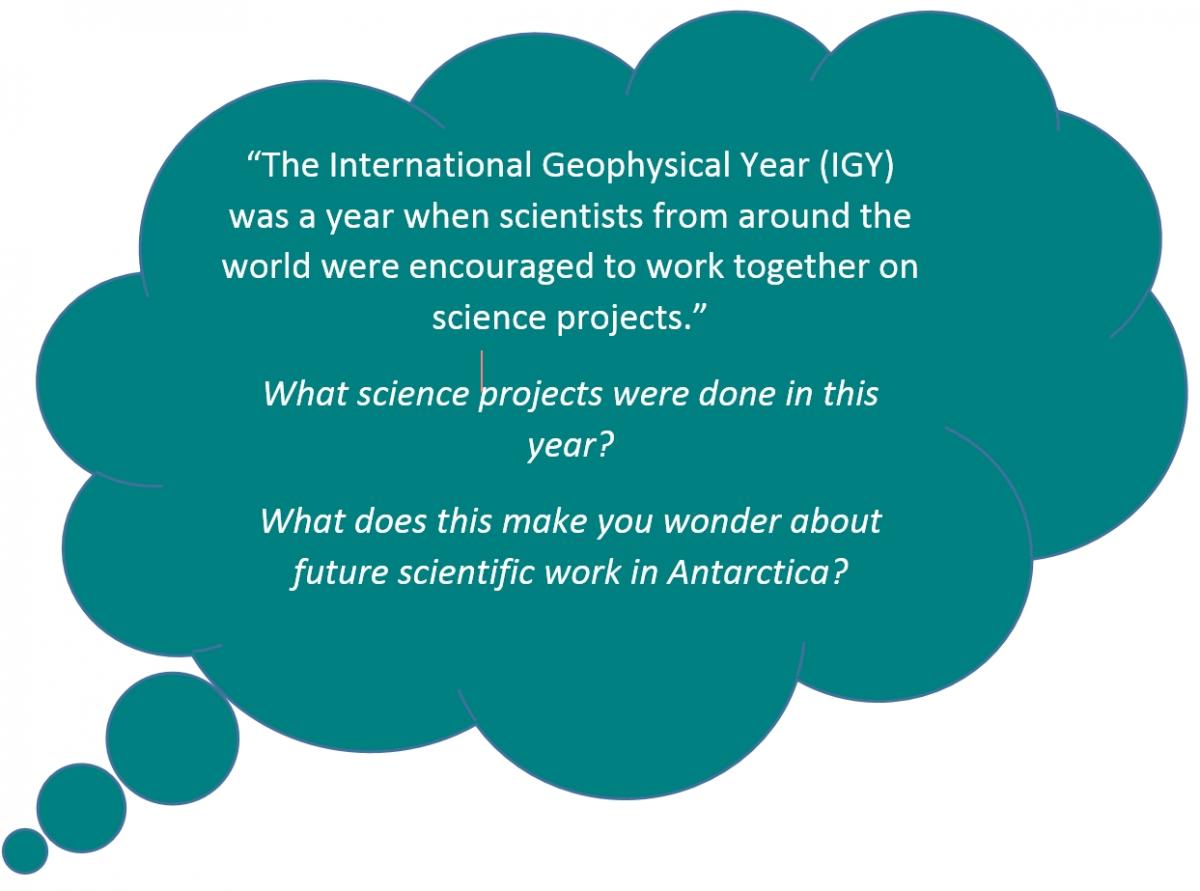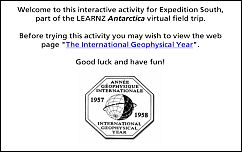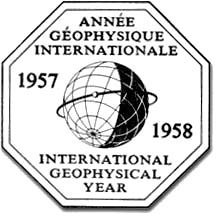The International Geophysical Year (IGY) was modelled on the International Polar Years of 1882-1883 and 1932-1933 and aimed to encourage scientists from around the world to take part in a series of coordinated observations of various geophysical phenomena.
This scientific work took place between July 1957 and December 1958. This period was chosen because it was a time of increased solar activity which follows a natural 11 year cycle.
Can you find out more about the sun's solar cycle?
Sixty-seven nations participated in the IGY activities. Most of the work was carried out in the Arctic and equatorial regions, but special attention was given to the Antarctic.
What was studied?
More accurate ice depths in Antarctica were found and new estimates of the earth's total ice content were determined, which improved our understanding of weather and glaciers.
New Zealand scientists were also involved in the IGY, their work included:
- recordings of seismic activity
- monitoring of geomagnetic field changes
- radiation measurements and sea level recordings
- study of the ionosphere and radio interference
- Collecting data on aurora, sunspot activity and meteorology
- Fish traps, current meters and tide gauges set up on the sea ice were also regularly monitored.

Scientific members of the Trans Antarctic Expedition (TAE) party helped with the work of the IGY team. Five TAE scientists wintered over in 1957.
The success of the IGY showed how valuable Scott Base was as a base for scientists.
At the time the IGY was the largest and most important international scientific effort ever undertaken.
The spirit of cooperation created by the IGY led to an international agreement known as the Antarctic Treaty. Under this treaty Antarctica has been set aside as a non-military region to be used exclusively for international scientific purposes.
Why scientists are interested in Antarctica
- Antarctica is largely unmodified by people so it is the perfect place to study natural processes.
- Antarctica has a major effect on world oceans and weather patterns.
- Antarctica can help scientists to better understand the possible global effects of climate change.






